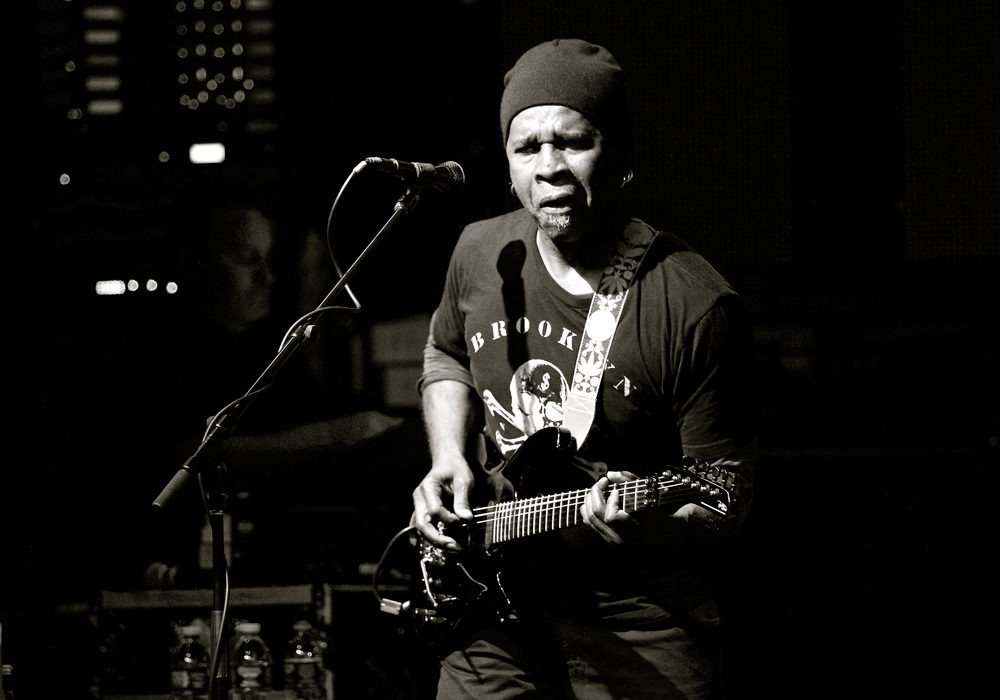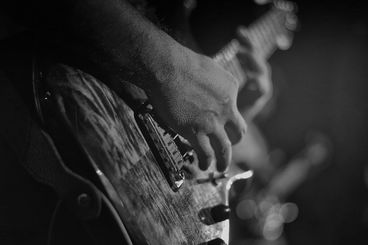The altered scale for guitar is a difficult concept to grasp for a lot of players. This is because you get told that it’s the seventh mode of the melodic minor scale, which it is, or to ‘just play the melodic minor scale a semi-tone up from the root of the chord and you have the altered scale’. Try conjuring up that one on the fly when you want to actually use the scale!
What is the altered scale for guitar?
The altered scale is used for playing on altered dominant chords such as E7#9, E7b9, E7#5, or E7b5, etc., because it contains all these alterations. The scale is easier to relate to chords if you write it out like this: 1, b9, #9, 3, b5, #5, b7 as you can instantly see how it might fit the above chords. You’ll find it used mainly in jazz and fusion improvising, but that doesn’t mean you can’t whip it out to get some outside tones on a blues. After all, you have the 1, 3, and b7 from a dominant chord in there, which leads me to how I approach the altered scale for guitar.
I think of this scale as the 1, 3, and b7 from a dominant 7 chords PLUS the minor pentatonic scale that starts on the b3 of the root. This is probably easier to see in diagram form:

So what we have here are the intervals of the E7 chord in light blue (1, 3, b7), plus G Minor Pentatonic because G is the b3 (#9) of E. The G Minor Pentatonic scale gives you all of those outside intervals (b5, #5, b9, #9) and one chord tone, the b7. This is something you can work out on the fly if you have to solo over altered dominant chord and want to outline it rather than blowing past it.
The intervals in gray are other chord tones that aren’t used to play the chord, and if you play all the colors together as a scale, you’ll get the altered scale itself, or the seventh mode of the melodic minor scale.
Here’s another position to study:

This time we’re up at the 12th fret but the same concept and color code apply. As I mentioned, you could also use this box to get some outside tones into a regular blues on the fly because it fits around the classic E Minor Pentatonic box.
The idea of taking something you already know and applying in another context entirely is a powerful concept in music. For more examples of this, check out The Rootless Lydian Pentatonic Scale and Mixolydian Modal Pentatonics.



